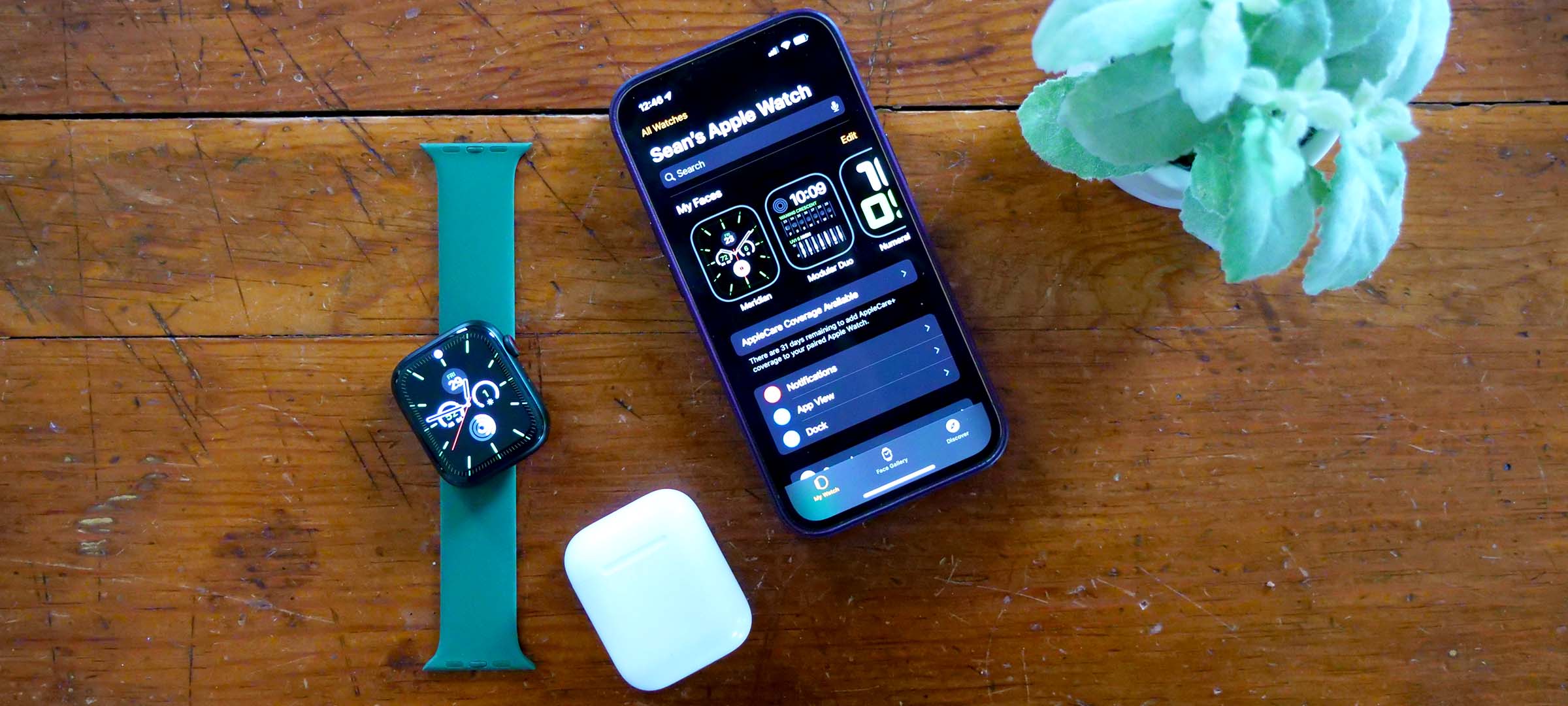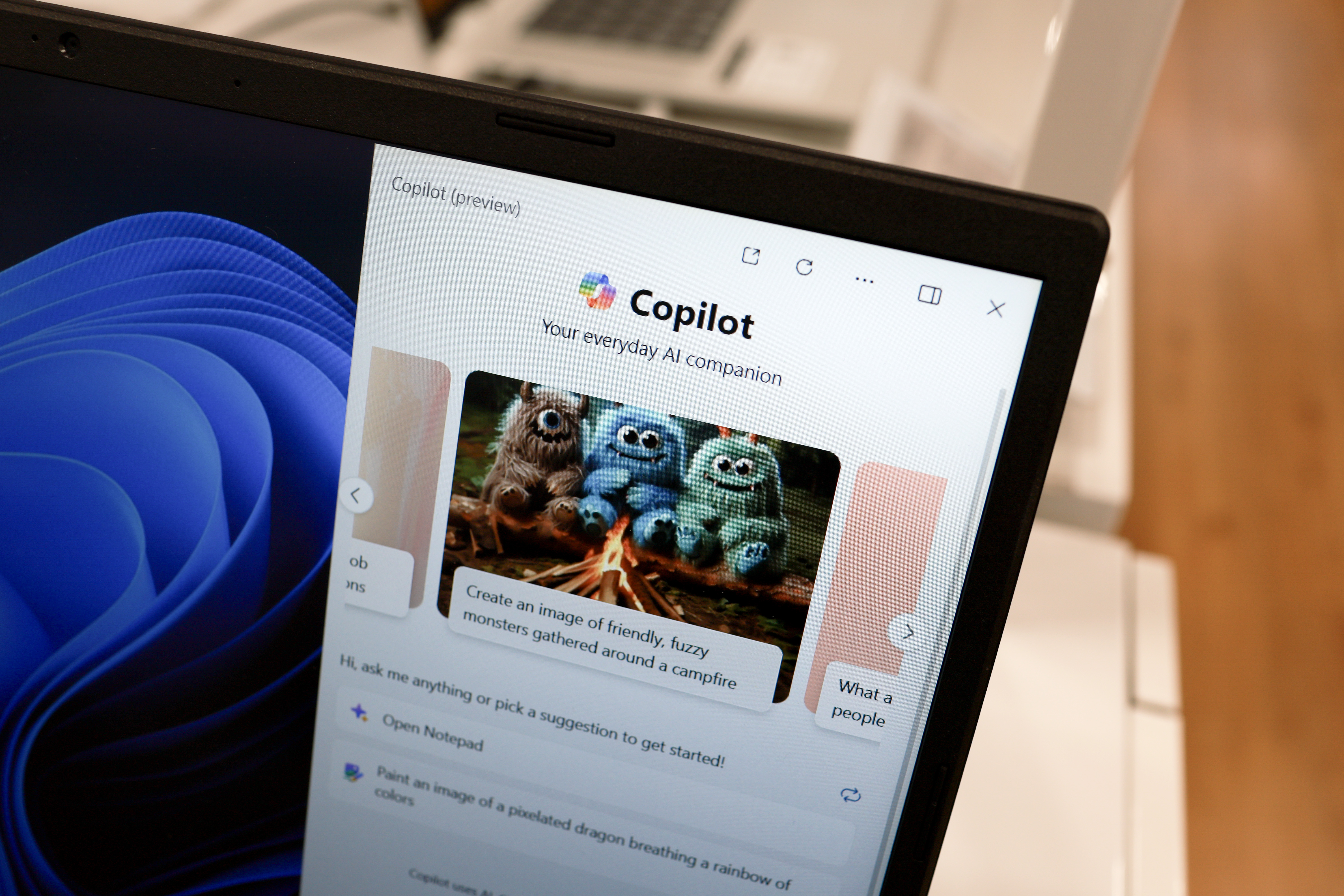Laptop Mag Verdict
The Apple Watch 7 is the best smartwatch on the market by a wide margin, but it’s not for everyone.
Pros
- +
Excellent health/fitness tracking
- +
Robust app support
- +
Intuitive interface
- +
Large, bright display
- +
Stylish and unobtrusive design
Cons
- -
Just all-day battery life
- -
Limited to iPhone users
- -
Expensive
Why you can trust Laptop Mag
Price: $399 (starting), $529 (as tested)
Display: LTPO OLED Always-on Retina (396 x 484 pixels)
Mobile Payments: Yes
Connectivity: Wi-Fi, Bluetooth, NFC, LTE (optional)
Battery: 18 hours
Water resistance: 50m (164 feet)
Size: 1.77 x 1.5 x 0.42 inches
Weight: 1.37 ounces
Apple Watch 7 is the best smartwatch on the market. That may feel like a spoiler for this review, but it won’t come as a surprise if you’ve been looking for a smartwatch in the past five years.
After a slightly rocky start, the Apple Watch moved to a full sprint and, at this point, is channeling its inner Steve Rogers and calling out “On your left” as it blows past every other smartwatch to pull another lap ahead.
With that said, the Apple Watch and specifically the Apple Watch 7 aren’t for everyone. Don’t want to charge your watch on a near-daily basis? The Apple Watch can’t help you. Do you use an Android phone? The Apple Watch can’t help you.
That last one, in particular, cuts out a considerable number of customers as Android remains the most popular mobile operating system globally and represents nearly half of the U.S. market.
So while yes, there’s no arguing that the Apple Watch is the best overall smartwatch, the details are important. So here’s a look at everything you need to know about the Apple Watch 7 to decide whether it’s not just the best smartwatch, but the best smartwatch for you.
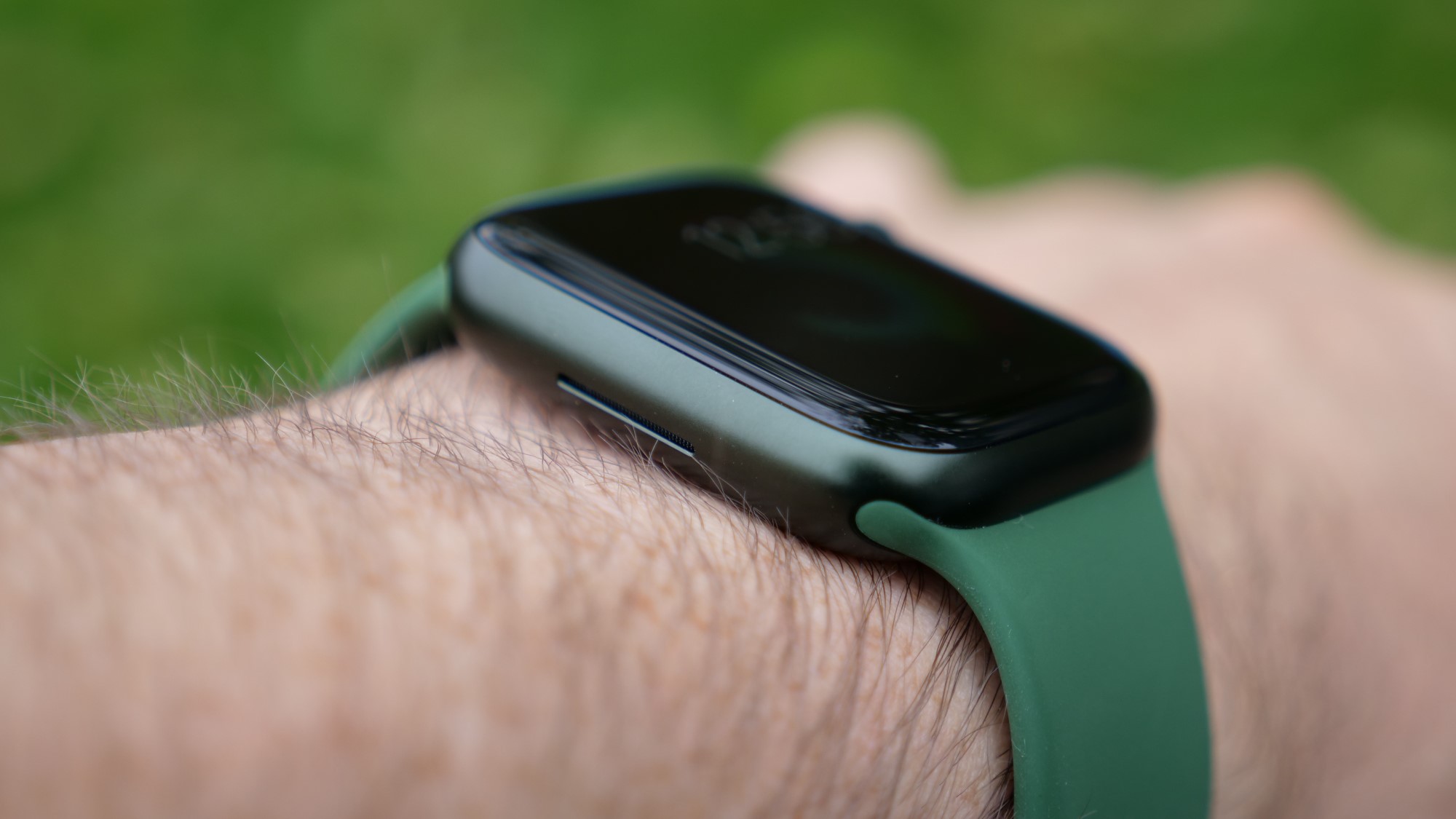
Apple Watch 7 price and configurations
The Apple Watch 7 starts at $399 for the 41mm aluminum Wi-Fi-only model and $429 if you want the larger 45mm option. These are the same prices Apple has maintained since the Apple Watch 3. Upgrading to the Stainless Steel case pushes you to $699 and $749 for the 41mm and 45mm, respectively, while the Titanium case adds another $100 to those choices. You can also opt for a cellular model with any Apple Watch 7 for an extra $100.
Apple has kept its pricing consistent for four years now. Although it is at the higher end of the spectrum, it has no trouble selling Apple Watches, and without any serious competition in the smartwatch space, there is no reason for them to come down.
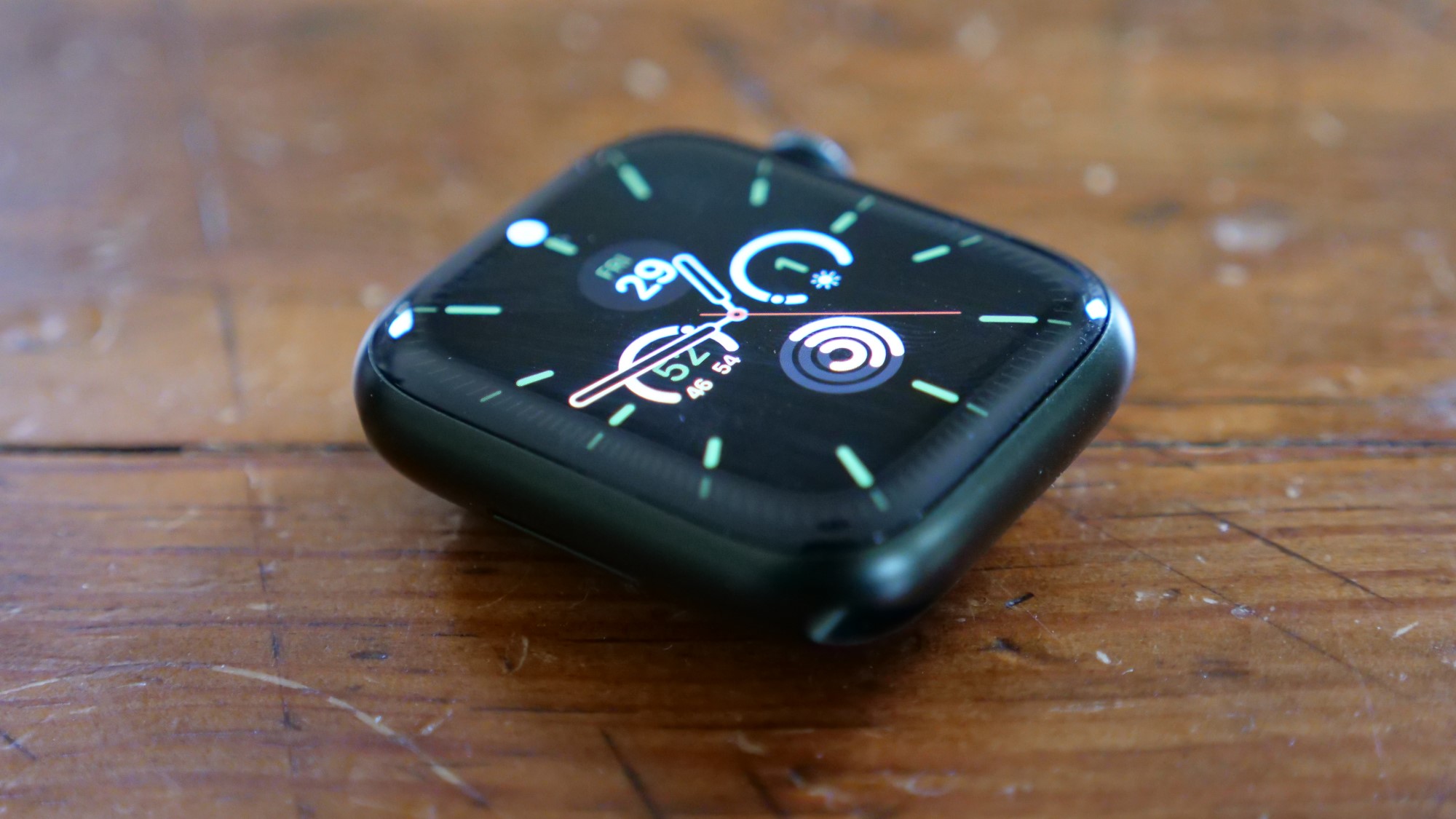
Apple Watch 7 design
The rumored major redesign of the Apple Watch 7 didn’t come to pass. However, there are a couple of changes that improve the overall experience with the watch and as the best selling smartwatch for years now, there’s something to be said for sticking with what works.
The most visible change to the design is the larger display. Apple accentuates that change with more rounded edges to create a seamless blending of screen and watch. The overall size of the watch has also increased just slightly to accommodate the larger display with the move to 41mm and 45mm, up from 40mm and 44mm.
That last change isn’t one that you’ll notice and all of the Apple Watch bands for the previous generation will continue to fit Apple Watch 7. The changes you will notice are the addition of some new color options.
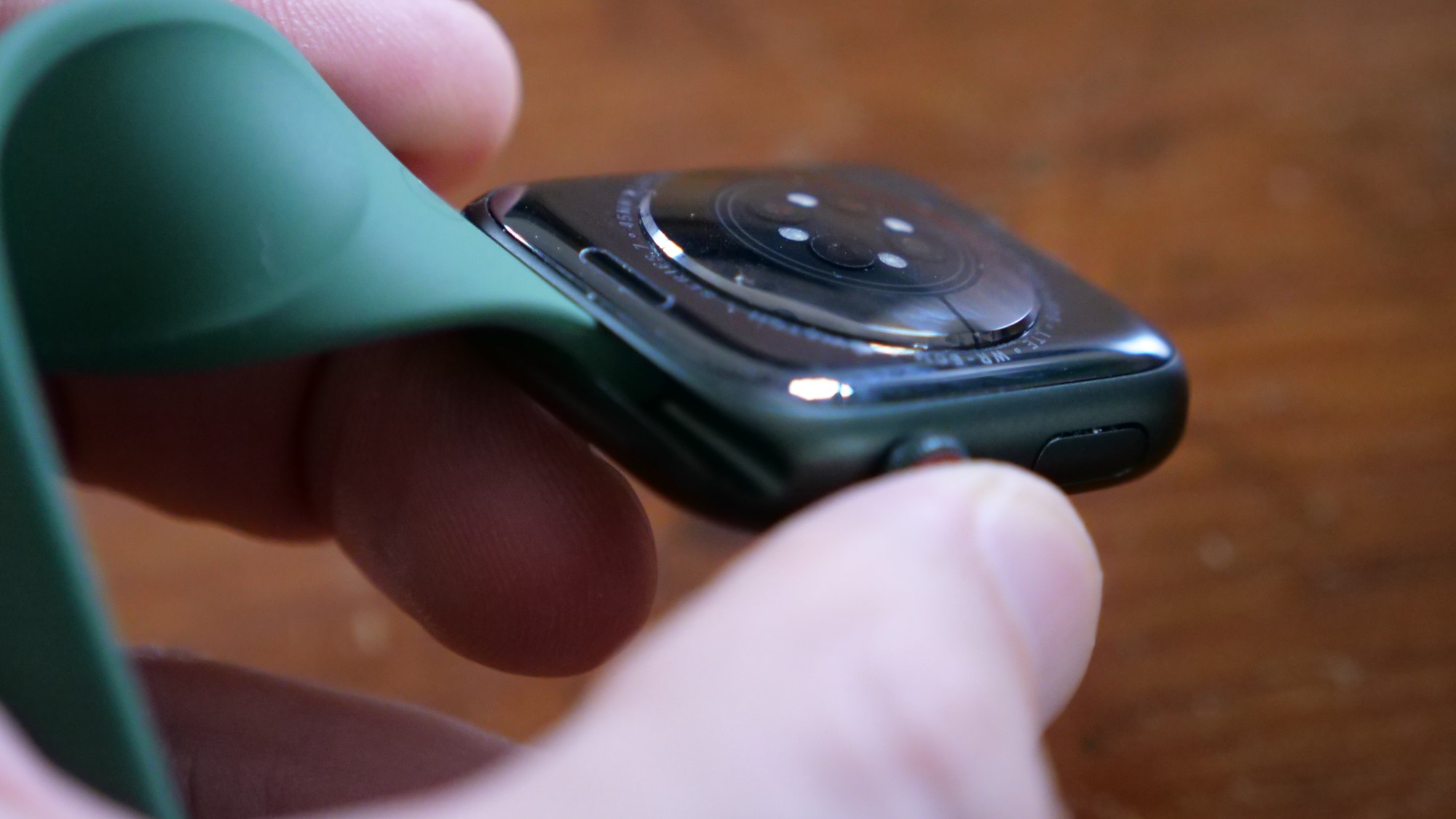
The Apple Watch 7 aluminum case is available in five different colors: Midnight, Starlight, Green, Blue and (Product) Red. While the last three are self-explanatory, Midnight is a blue-ish black and Starlight is a creamy silver shade. The Stainless Steel models drop to four colors: Silver, Gold, Graphite and Space Black. Titanium gets the most limited set of choices with either Space Black or Titanium.
Durability impressively gets a boost for the Apple Watch 7. It still offers a swim-proof rating up to 50 meters, but adds IP6X dust resistance. Apple claims the front crystal is stronger and more crack-resistant. I haven’t gone out of my way to beat up the Apple Watch 7 in my time with it. However, I’ve worn it constantly for the last two weeks while setting up and taking down a gaming convention that brought it in contact with a metal truss system and numerous metal rods for banners. It has come away without a single scratch.
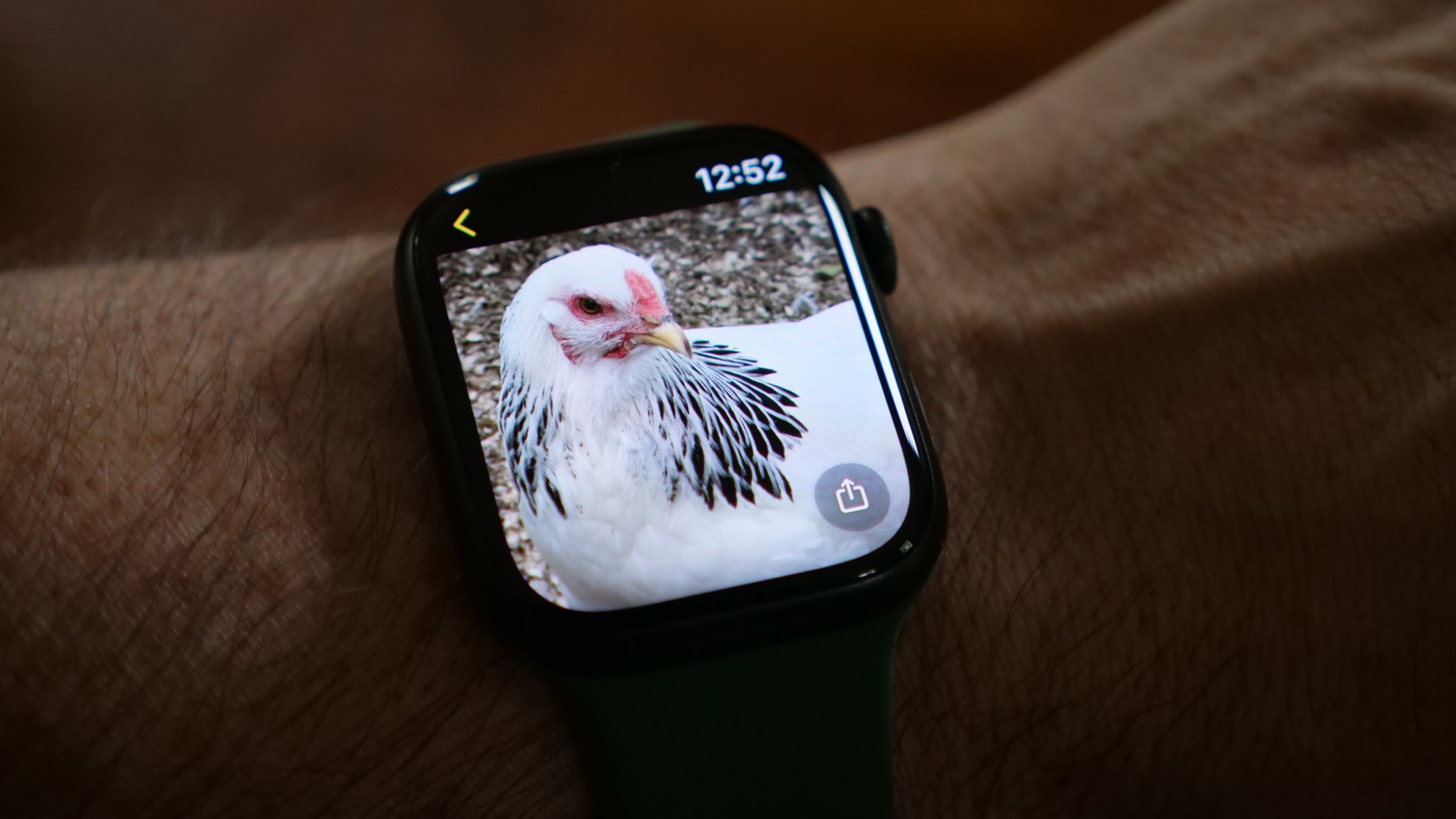
Apple Watch 7 display
There is room to argue how much it changes the experience of using Apple Watch, but the bigger display is irrefutably aesthetically and functionally better. Apple reduced the size of the bezels by 40% from the Apple Watch 6to deliver a 20% larger display without appreciably increasing the size of the watch itself.
It’s a difference you feel when interacting with content on Apple Watch 7. I previously owned an Apple Watch 4 and was constantly frustrated by touch targets. That hasn’t been an issue for me with the Apple Watch 7. Even reading or viewing content is markedly better due to the larger display. My only frustration is when an app isn’t optimized for Apple Watch and the low-res images used can be startlingly bad on what is otherwise a crystal clear display.
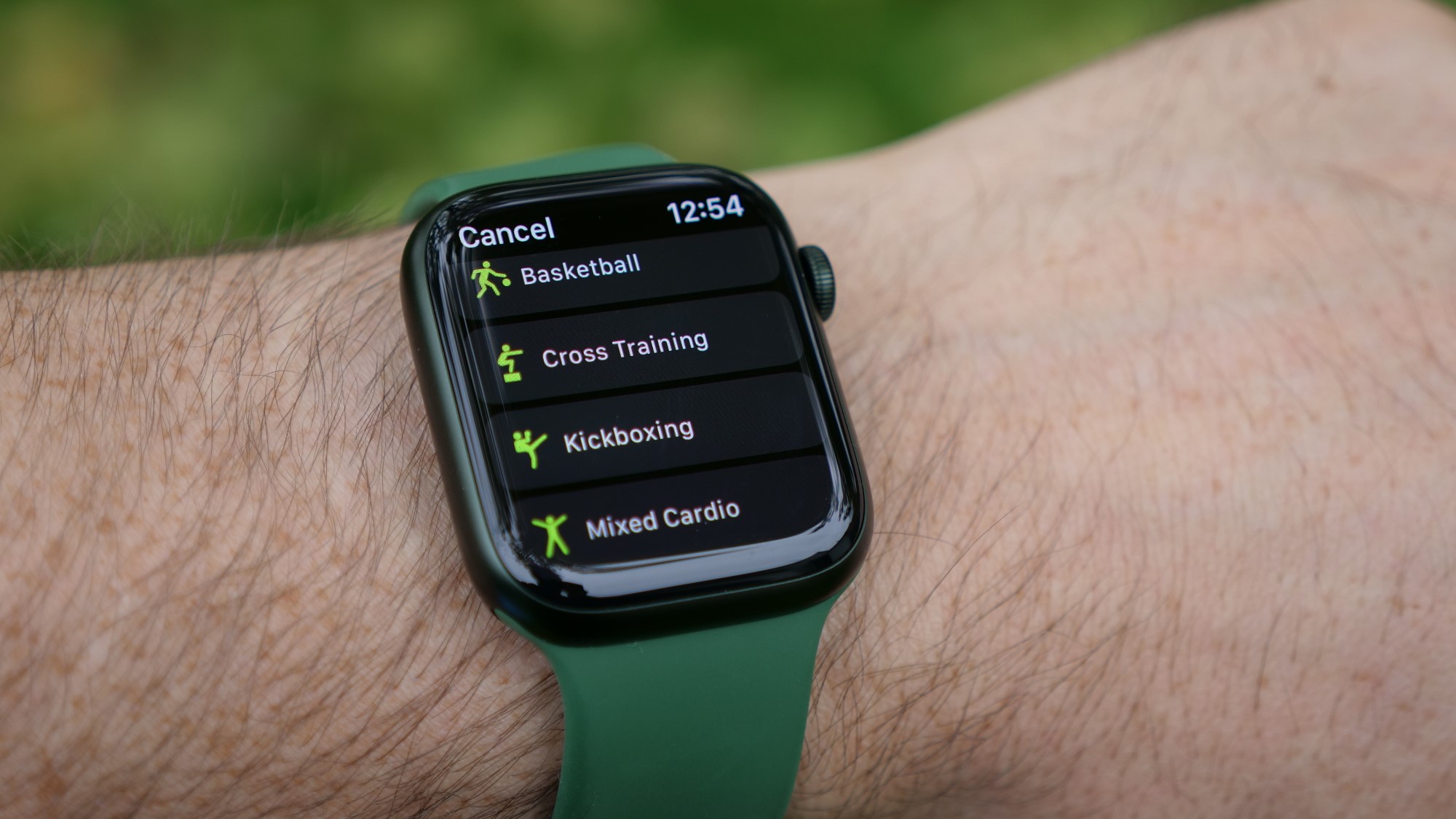
Apple Watch 7 uses an LTPO OLED always-on Retina display. Apple claims it offers up to 1,000 nits of brightness in its active state or 500 nits with your wrist down. The latter is more noticeable than the former, catching a glimpse of the watch in always-on mode is much more readable than last year as that represents a 70% boost from the Apple Watch 6.
While Wisconsin isn’t at its brightest in mid-October, I’ve had no trouble seeing the Apple Watch 7 display in any lighting conditions and it does a solid job of managing itself and not blinding me at night either. The raise detection is also extremely reliable; it takes about half a beat after I’ve angled the watch to read it, but never fails to respond.
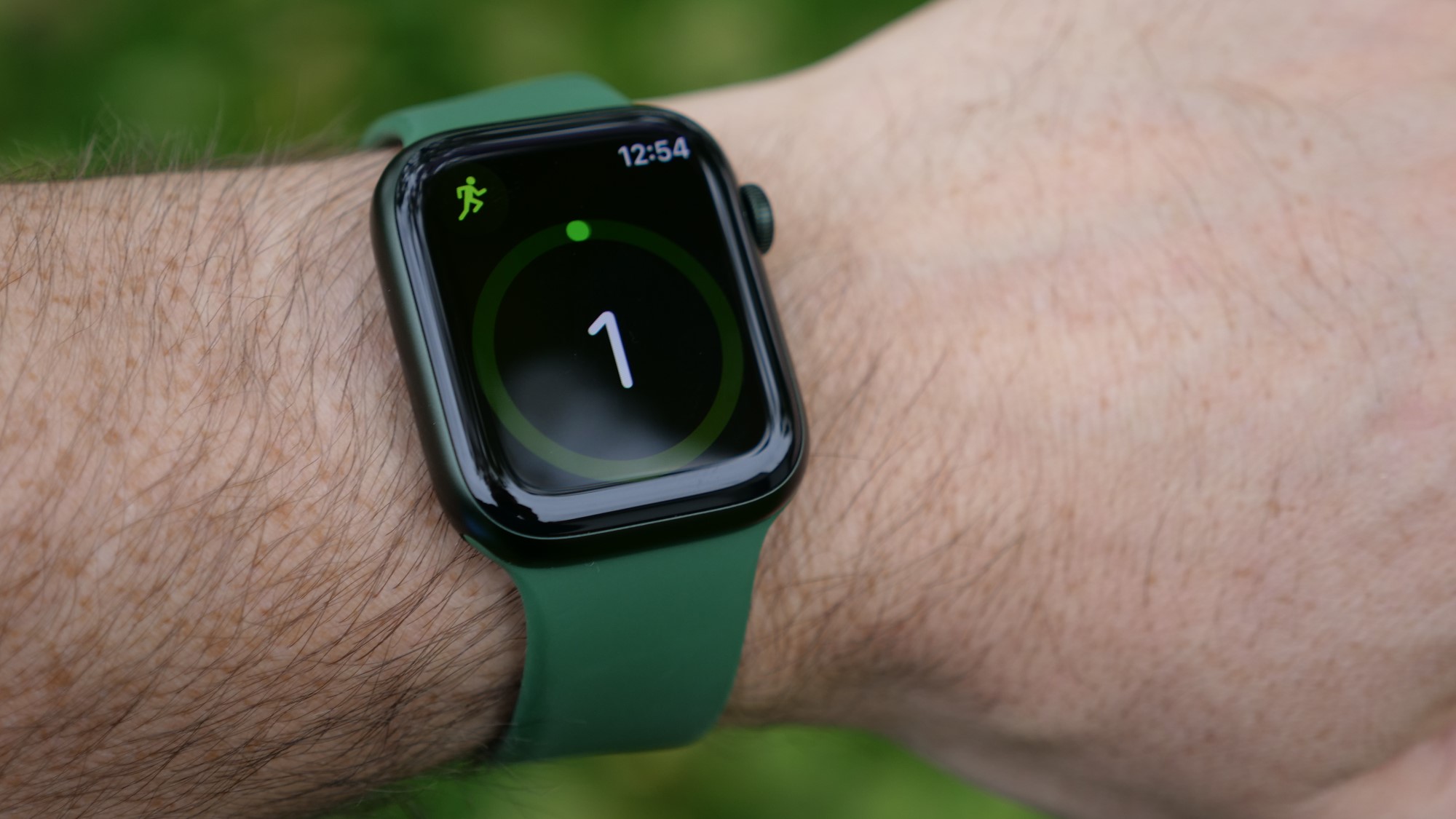
Apple Watch 7 health tracking
The Apple Watch 7 didn’t add any new health sensors this year, which is surprising because it is seeing stronger competition in this arena from devices like the Fitbit Sense and Galaxy Watch 4. However, it still offers one of the most robust collections of health sensors on the market, so this is notable primarily for Apple Watch 6 buyers considering an upgrade.
The Apple Watch 7 includes an ECG sensor, SpO2 (blood oxygen) monitoring, and a second-generation optical heart sensor. Here’s a look at what those can do for you.
ECG sensor
The Apple Watch 7 remains one of only a handful of smartwatches with FDA approval for its ECG (electrocardiogram) sensor. By triggering the ECG and holding your finger against the digital crown, the Apple Watch 7 will record an ECG in just 30 seconds. It will then inform you whether your heart is in sinus rhythm (normal), high or low, or showing signs of atrial fibrillation (AFib), a heath rhythm irregularity that can be a sign of a serious health condition. This information can be life-saving if it helps to catch an unknown issue early, and with Apple Watch, this data can be passed to the Health app on your iPhone then shared with your doctor if you wish.
SpO2 monitoring
Blood oxygen monitoring has drawn particular attention over the last year as a drop in SpO2 levels can be an early sign of Covid-19. Unlike the ECG sensor, the blood oxygen sensor in the Apple Watch 7 still doesn’t have FDA approval as the reflective sensor doesn't provide a reliable enough reading compared to the transmissive sensors used by medical professionals.
With that said, much like the ECG sensor, it could still be life-saving in the right circumstances as it automatically records your SpO2 levels at intervals throughout the day and at night, which should establish a baseline for you over time. A significant drop in your SpO2 level accompanied by even mild symptoms may clue you into a serious health problem. I nearly died from a case of necrotic pneumonia several years ago that would likely have been caught by even this level of SpO2 monitoring.
Heart rate tracking
Heart rate tracking is predominantly associated with fitness tracking which I’ll get to in a moment. But it also contributes to your overall health even if you don’t use Apple Watch 7 for workouts. Much of this data overlaps and works in tandem with the ECG data to help identify any irregularities in your heart rhythm or simply a high or low heart rate for an extended period. The difference is that, unlike the ECG sensor, the heart rate sensor can run almost constantly in the background, alerting you to a potentially concerning change without any direct action from you.
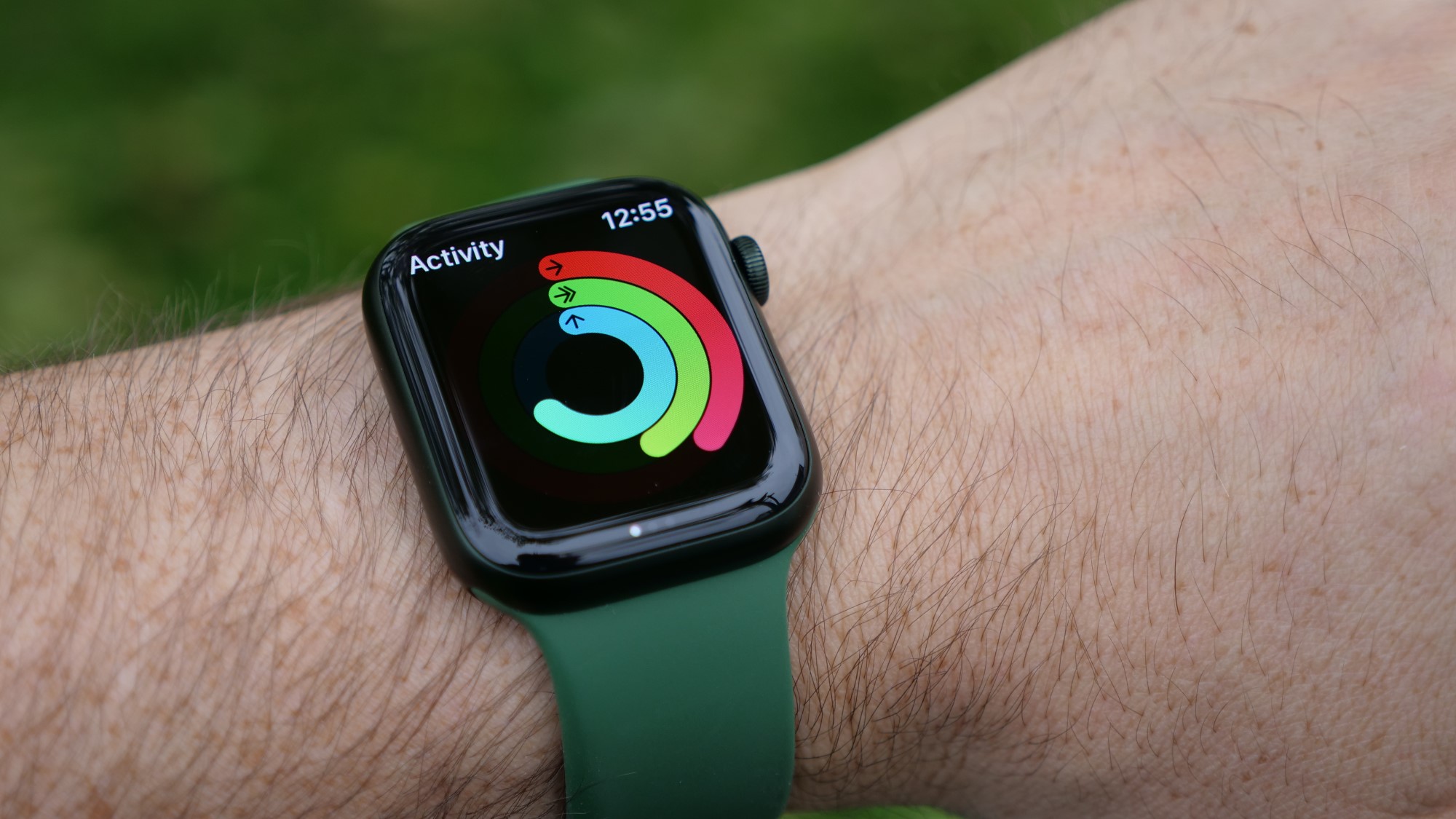
Apple Watch 7 fitness tracking
The Apple Watch 7 stands out as the most powerful smartwatch on the market. It has more robust app support in wearOS 8 than you will find on any other wearable platform. But fitness tracking is still the killer app and core functionality of Apple Watch for many users.
The staples are all there with the ever-popular three rings tracking your stand, move and exercise goals for each day. While it may seem silly, that little glanceable set of circles can help motivate you to get up and move, which is a definite plus if you have an often sedentary job.
The Apple Watch 7 goes much further though, with tracking support for 17 distinct workout categories to deliver the appropriate data regarding your activity. This extends to calorie burn as well as pace, distance, or laps for pool swimming. The built-in GPS is key for your outdoor activities and in my usage it locked on in about five to eight seconds after the initial setup.
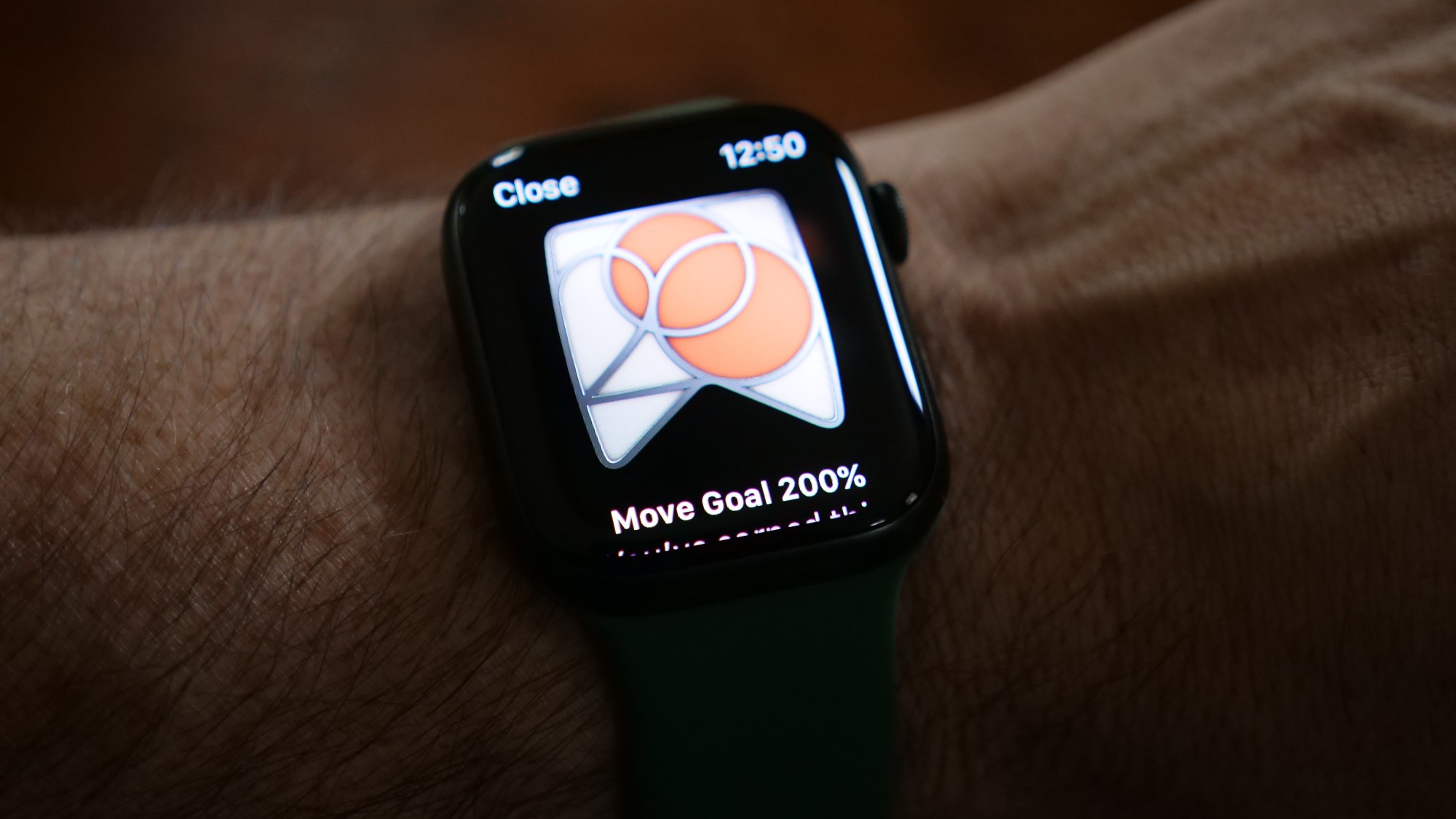
While you will get the most accurate results if you trigger the activity tracking yourself, the Apple Watch 7 will try to automatically recognize if you are working out and ask you if you wish to track the activity. It’s quite reliable and much appreciated as I am apt to forget as I am heading out the door for a run or bike ride.
Apple’s subscription service, Apple Fitness+, isn’t a must-have for Apple Watch users, but you get a 3-month subscription for free with the watch to see if it’s a helpful tool for you. The service includes a variety of different workouts from intense programs to relaxing walks with spoken word and music content along with accompanying photos that will pop up on your Apple Watch. The service is otherwise $9.99 a month so if it can take the place of a gym membership for you, it is certainly well worth the price.
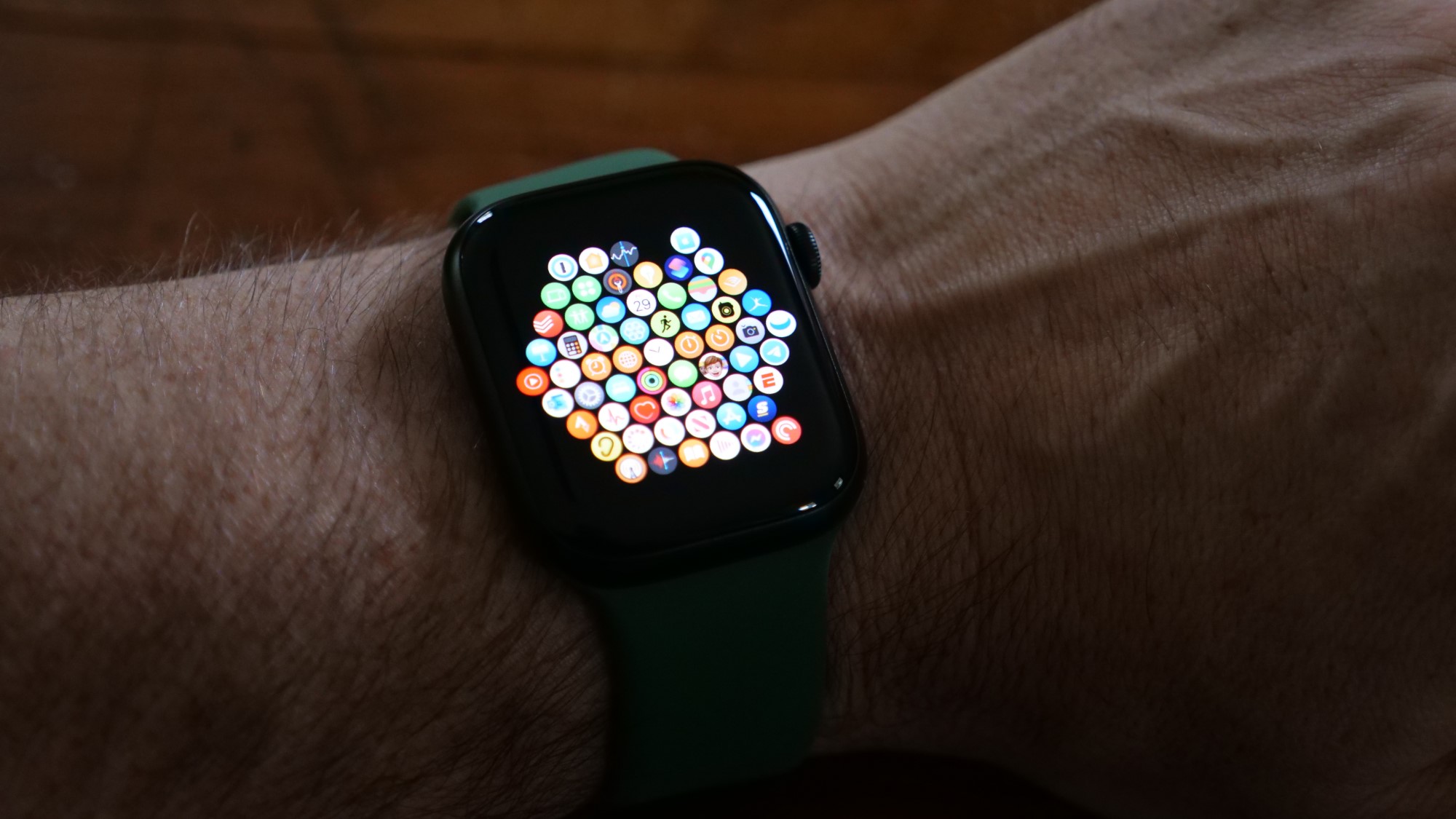
Apple Watch 7 sleep tracking
The built-in sleep tracking on Apple Watch remains rudimentary compared to the granular data you see from Fitbit regarding your quality of sleep. This is likely a result of the latter's shorter battery life, which makes it more likely that users charge their watches at night. Apple makes a point of stating that, with the Apple Watch 7, just eight minutes on its charger adds another 8 hours of battery life, so perhaps we’ll see some software enhancements as the hardware is better able to keep up.
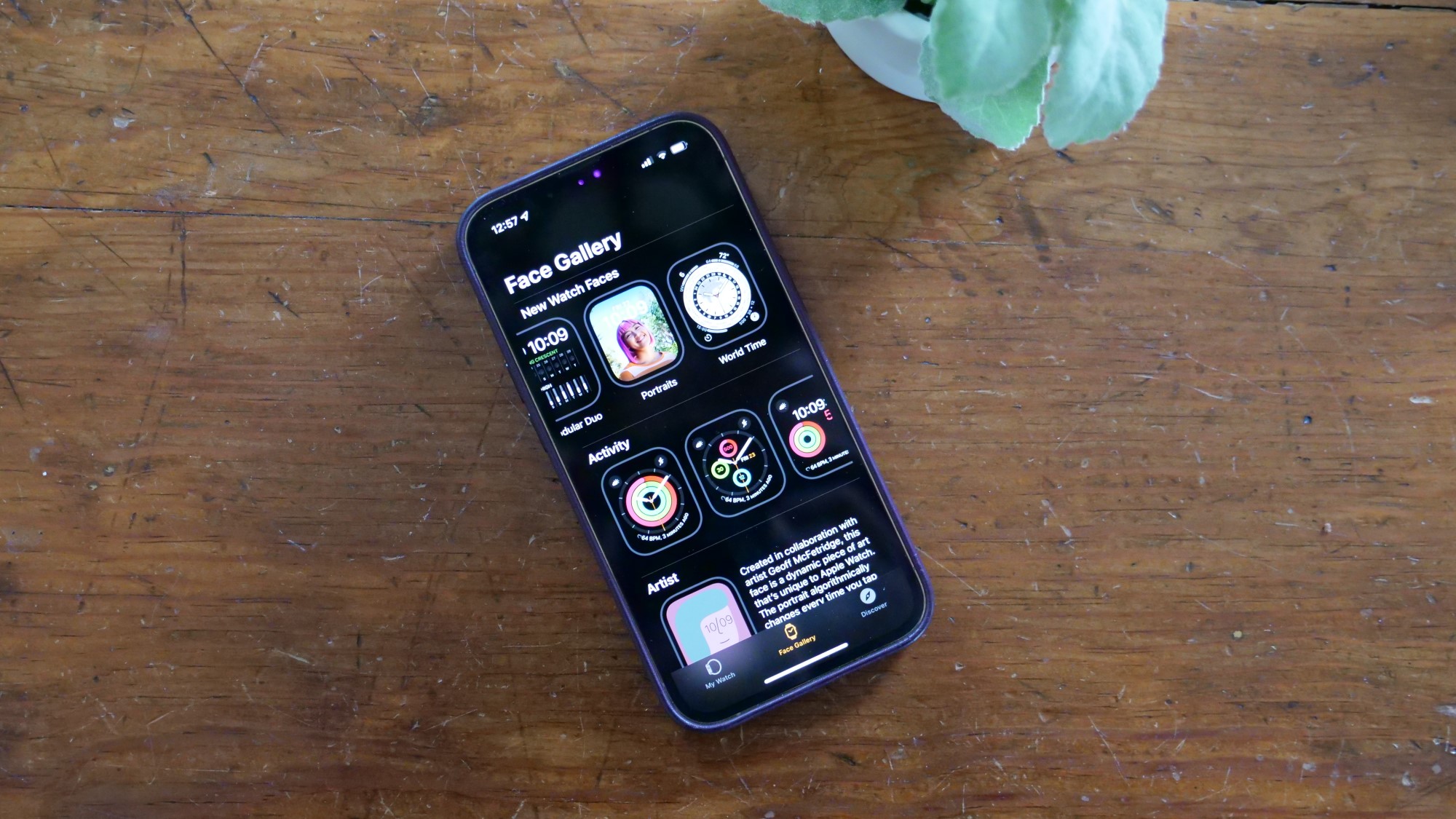
Apple Watch 7 smartwatch features
While the fit and finish of the hardware is excellent and the fitness tracking is on a par with anything else out there, the smartwatch features and tight integration into the Apple ecosystem are what put the Apple Watch out of the reach of the competition.
Health and fitness are certainly at the core of Apple Watch, but it can do so much more. The new larger screen really starts to unlock some of these features that would have seemed impractical on early models of Apple Watch.
This includes the Photos app, which delivers Memory highlights and Favorites to you with the option to easily share them via Messages or Mail from your Apple Watch. Yes, the screen is still tiny even compared to the iPhone 13 mini, but it’s large enough now that viewing photos or even a brief video is perfectly fine and blessedly saves having to get your phone out of your pocket.
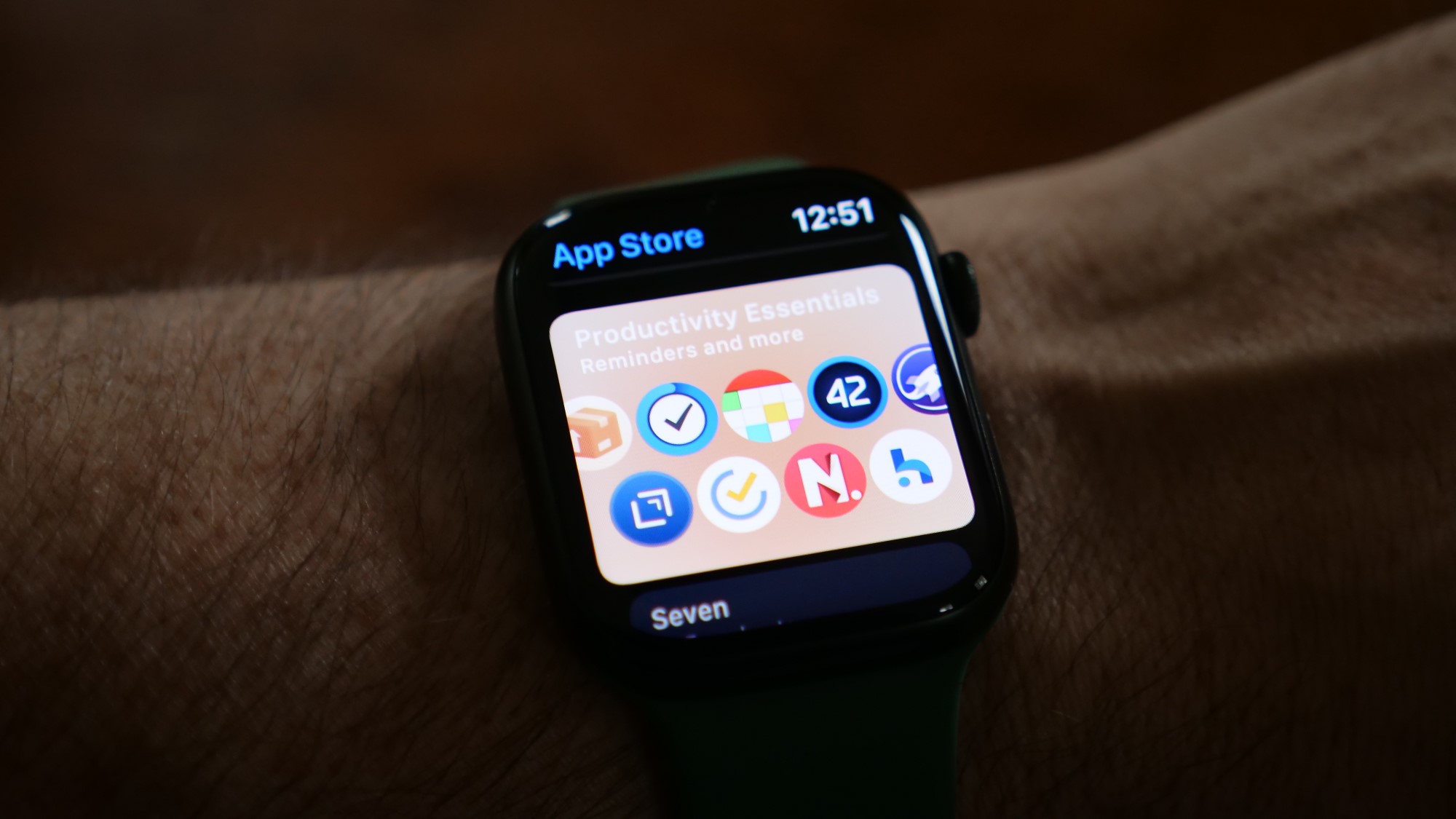
Speaking of communication with your phone, the new Focus Mode in iOS is also a significant upgrade for Apple Watch. The feature offers more granular control over the notifications that come through on your phone and, in turn, on your Apple Watch.
Text entry either through dictation, Scribble, Siri or a keyboard is better than ever on Apple Watch 7. While I lean toward dictation when I can, swiping a quick message on the keyboard is remarkably easy even with my less-than-dainty fingers. It’s a great addition to the Apple Watch that would have been fairly impractical on the smaller screen Apple Watches.
If you are into home automation, the Home app on Apple Watch can unlock new possibilities and will let you keep an eye on your home from your wrist with HomeKit support for many security cameras.
There are too many features to cover them all here, but I’ll close out with Wallet and Apple Pay support. The latter I’m sure you are all familiar with, with almost universal support for NFC payments available now, you rarely need to worry about having a physical credit or debit card anymore. Apple Wallet has been growing by leaps and bounds with support for things like hotel, office and car keys. The most recent addition is the ability to add your vaccine card to Apple Wallet.
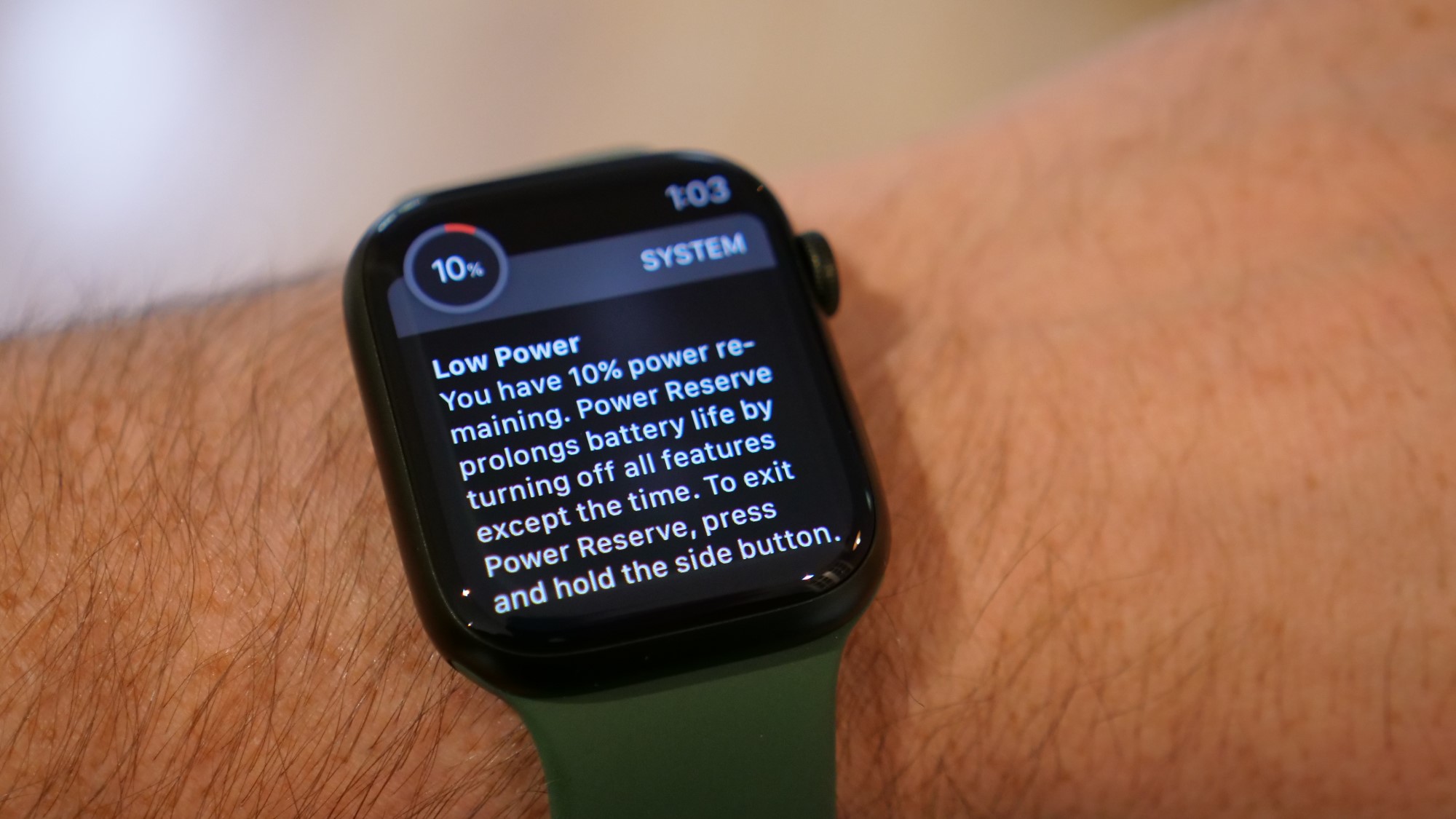
Apple Watch 7 battery life and charging
Battery life remains an Achilles heel for the Apple Watch. It’s greatly improved from the early models, which struggled to get through a day, but it could still be better. Depending on your usage, you can eke a second day out of Apple Watch 7. However, if you are doing any active fitness tracking or make extensive use of the more intensive features like taking phone calls or playing music, you will need to charge it once a day.
If you are coming from a Fitbit, this is a significant adjustment as most of its wearables offer anywhere from five to seven days of battery life. However, after realizing that I needed to charge daily, I quickly settled into a routine of placing it on the charger before jumping in the shower in the morning and that roughly 20 minutes I take to get ready is plenty to keep it going for the entire day. This is helped by the 33% faster charger on Apple Watch 7 via the new USB-C cable in the box. You’ll still need to provide your own charger, of course.
The Apple Watch 7 died only once during my testing on a day when I pushed it. Beyond my normal notifications, messaging, and a couple of phone calls, I tracked a 30-minute treadmill run in the morning and then later that day, a six-mile outdoor run using the GPS. It did finish out that day, but it was dead when I woke up in the morning.
To Apple’s credit, it only claims all-day battery life for the Apple Watch 7 and it hits that mark and should go into a second day for many users. With the new faster charger that can take it from 0 to 80% charge in about 45 minutes, battery life still is a pressing concern, but one that is pretty easily handled.
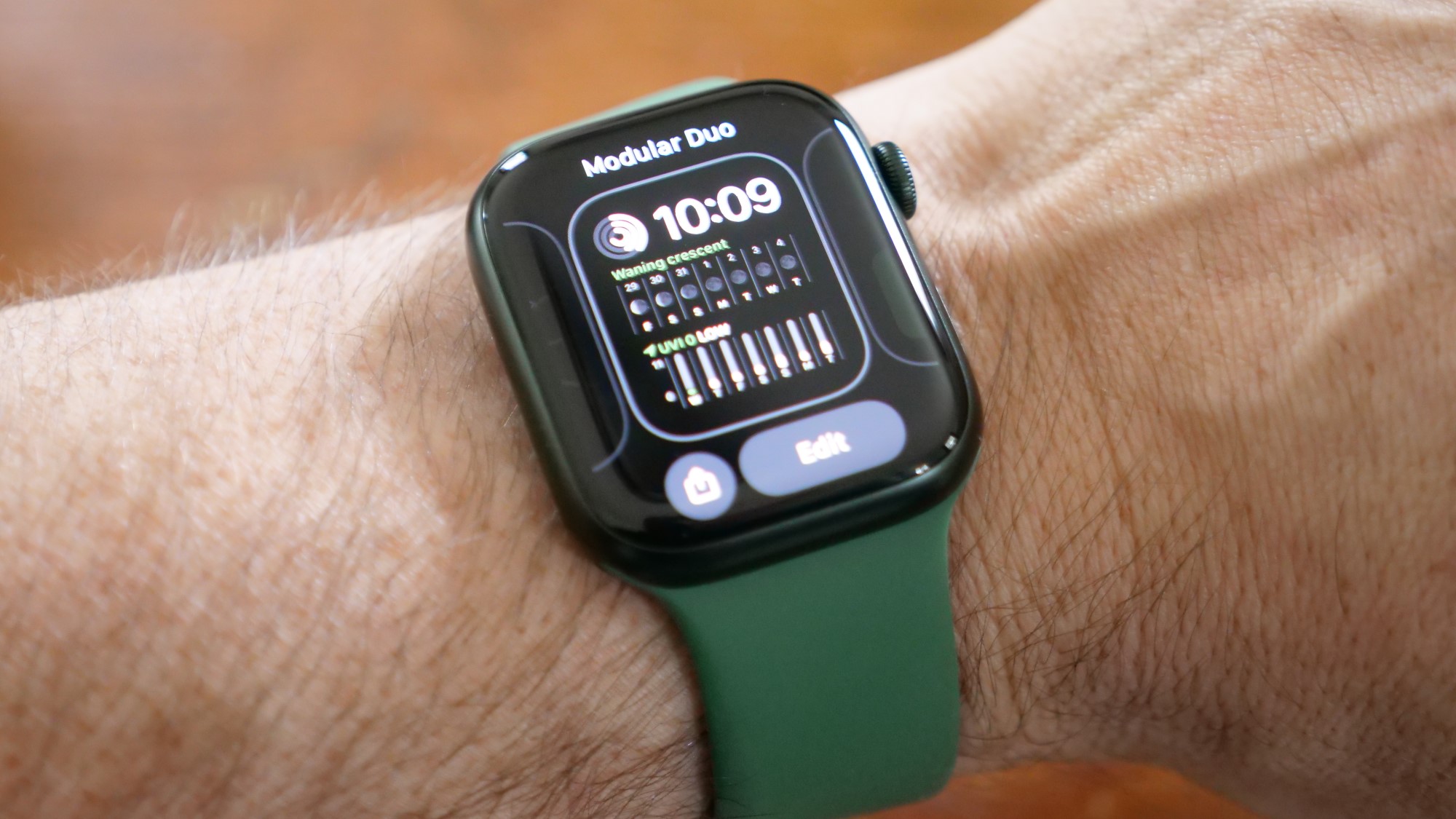
Bottom line
Apple Watch 7 was in some ways a victim of the rumor mill with the expectation that we were going to see a bold new design for the watch. That didn't happen. However, while it may not seem groundbreaking or life-changing, the reduced bezels and larger display have a tremendous impact on usability and, to my eye, give the Apple Watch 7 a much more modern look.
The lack of any new sensors may cause some existing Apple Watch owners to hold off on the purchase as Apple has ceded ground there with Fitbit and even Samsung’s Galaxy Watch 4 now offering skin temperature and body composition tracking. While these are unlikely to win anyone away from Apple Watch, it’s possible we see similar features with Apple Watch 8, though blood glucose monitoring still appears to be a few years off.
There’s always a concern that the next upgrade is “the big one” that delivers some game-changing new features, but those are few and far between. The Apple Watch 7 is a worthy update for anyone coming from Apple Watch 5 or earlier. If you can live with the one-day battery life and being tied to the Apple ecosystem, it is the best choice for most people.
Sean Riley has been covering tech professionally for over a decade now. Most of that time was as a freelancer covering varied topics including phones, wearables, tablets, smart home devices, laptops, AR, VR, mobile payments, fintech, and more. Sean is the resident mobile expert at Laptop Mag, specializing in phones and wearables, you'll find plenty of news, reviews, how-to, and opinion pieces on these subjects from him here. But Laptop Mag has also proven a perfect fit for that broad range of interests with reviews and news on the latest laptops, VR games, and computer accessories along with coverage on everything from NFTs to cybersecurity and more.
